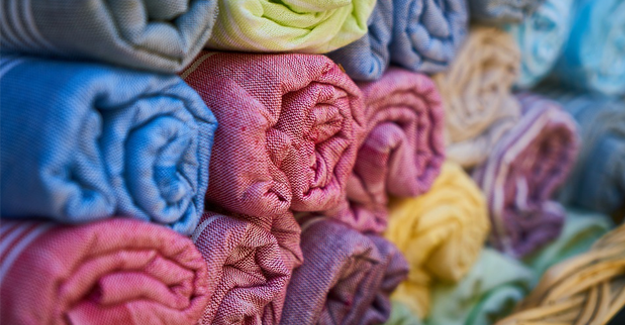
Tirupur Apparel Exporters Fear That Varied Rates Of GST May Shrink Profit Margins
A section of apparel exporters have expressed fears about the possibility of a shrinkage in their profit margins due to the varied rates of Good and Services Tax (GST) rates set for different segments of the knitwear production chain, creating complexities in a textile cluster like Tirupur in Tamil Nadu.
Exporters and technocrats have also stated that there is lack of clarity on the fate of the duty drawback scheme after GST is implemented. They stated that unless duty drawback rates are clarified, their profit margins could shrink. This is because central excise and service tax components in the drawback are going to get integrated with the GST and only the customs duty component which comes to just over 2% will be there outside the purview of GST according to Tirupur Exporters’ Association (TEA) President Raja Shanmugam.
A senior chartered accountant S Dhananjayan, who is also a financial advisor to many industrial bodies, stated that Tirupur-based textile exporters may not be able to pass on financial burden which has arisen due to cut in refunds, to their customers. He stated that the global market is price sensitive and many competitors of the Tirupur-based textile industry already enjoy preferential trade tariffs.
The varied GST scales fixed for different processes in the apparel production chain would have ramifications because the production chain in the Tirupur cluster is mostly disintegrated. He stated that complexity will arise since job works will be taxed at 18% though garments would attract only 5%, adding that in Tirupur, processes like dyeing, knitting, fabrication and printing among many others are being carried out as job works.
Meanwhile, Confederation of Indian Textile Industry Chairman J Thulasidharan stated that the 18% GST rate on man-made fibre and synthetic yarn would have an inverted duty structure problem since the fabric was under the 5% rate. He stated that the high rates for man-made fibre and yarn would lead to an increase in input costs and adversely affect the synthetic sector. The Indian textile and apparel sector faces competitive challenges from neighbouring countries and hence keeping tax rates high will only escalate textile inflation, he said.
However, he welcomed the low rate for cotton textile sector, adding that the government should reconsider the rates of manmade products and bring it to 12%.
Textile Excellence
If you wish to Subscribe to Textile Excellence Print Edition, kindly fill in the below form and we shall get back to you with details.








